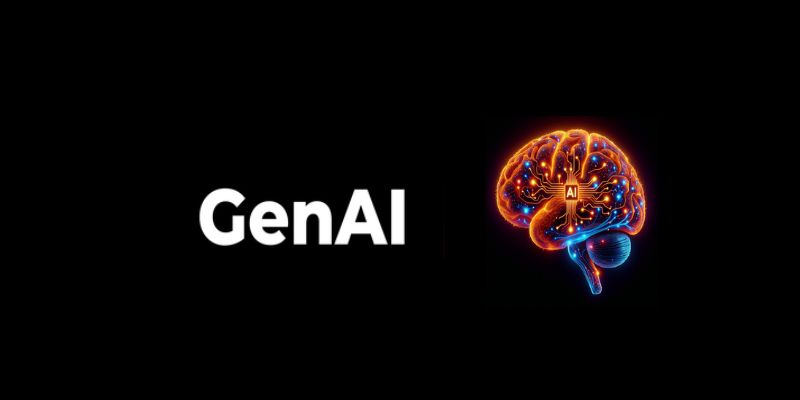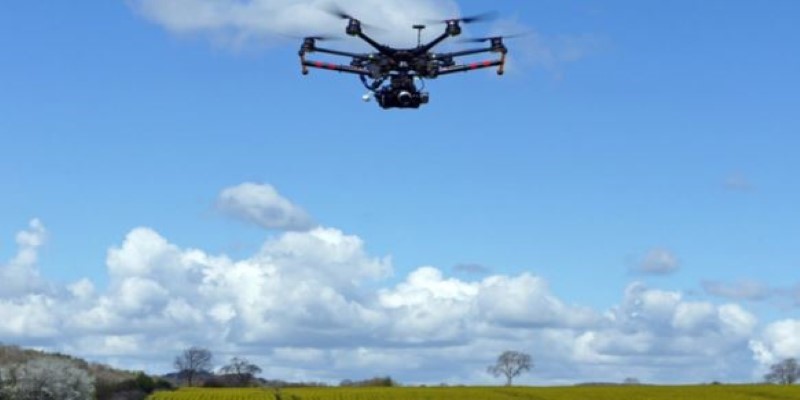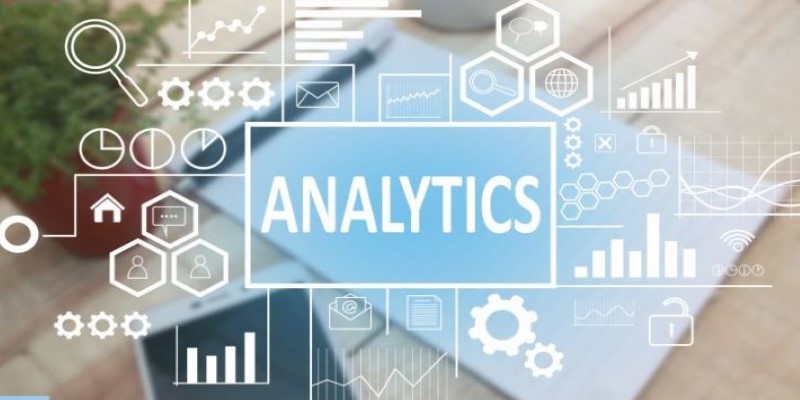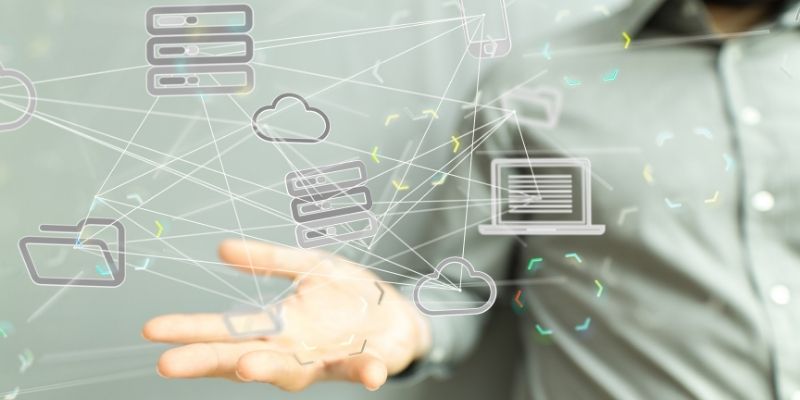Advertisement
In daily life, decisions are everywhere. Some are small—like what to wear or eat—while others carry more weight, such as how to run a business or allocate resources in a city. What connects all these choices is the need to make sense of information. That’s where analytics fits in.
It’s not just a tech term or a boardroom buzzword. At its core, analytics is a way of understanding patterns, solving problems, and making better decisions. Whether you're managing a farm, a delivery route, a website, or a health clinic, analytics gives shape and meaning to the raw data around you.
Analytics isn't just spreadsheets or charts. It's understanding what works, what doesn't, and why. Folks tend to envision analytics as something reserved for huge corporations, but its worth can be applied to small businesses, schools, government agencies, and even families. All actions—digital or not—leave a path. Analytics is the art of inspecting the paths to find signals and filter out the noise.
There are a few forms of analytics. Descriptive analytics describes what occurred. Diagnostic analytics gets into the details of why something occurred. Predictive analytics peeks into the future, forecasting what will happen based on what happened before. Prescriptive analytics offers recommendations on what to do next. These forms collectively make up a cycle of learning and adapting.
For example, if a community center notices a drop in attendance at evening programs, descriptive analytics would confirm the numbers. Diagnostic analytics might reveal that the decline began during colder months. Predictive analytics could forecast further drops unless something changes. Prescriptive analytics might then recommend earlier start times or improved heating. It’s a feedback loop that informs practical steps, not abstract theory.
Historically, decision-making often relied on habit, instinct, or the loudest opinion in the room. Analytics changes that by adding evidence to the process. This doesn’t mean eliminating human judgment. It means supporting it with a clearer picture.

A small online store wants to understand why certain products sell better than others. Without analytics, the owner might guess based on style, color, or price. However, data might show that product availability during certain times of the day, combined with mobile traffic, drives the difference. That insight could lead to small tweaks—like shifting marketing times or adjusting stock levels—that improve outcomes.
The use of analytics in public services can be even more impactful. When cities use traffic data to adjust light patterns or reroute public transport, they don't rely on assumptions. They use real-time and historical data to reduce wait times and improve flow. These changes affect thousands of people daily, proving how analytics can scale its value far beyond business.
For educators, analytics can show where students struggle or thrive, even when the signs aren't obvious. A teacher might spot that quiz scores dip whenever lessons rely heavily on written content instead of interactive material. Adjustments based on that knowledge can improve student outcomes without waiting for formal testing.
A common belief is that analytics is only for those with math degrees or tech backgrounds. That’s outdated. Most tools today are designed with everyday users in mind, offering dashboards, filters, and clear visuals. But beyond the tools, there’s a mindset behind analytics that anyone can adopt: ask questions, track outcomes, and learn from patterns.
For example, small farms use simple weather data and crop tracking to decide when to plant or irrigate. In local clinics, staff use patient visit data to prepare for busier days and avoid delays. In schools, teachers review class behavior and assignment submissions to find the best rhythm for learning. None of these examples involve deep coding or heavy statistics. What they do involves curiosity, observation, and action.
Analytics works best when it's part of everyday thinking—not something reserved for annual reports or major crises. It's not just about measuring profits or traffic. It's about understanding behavior, spotting trends, and making small adjustments that compound over time. The sooner people start using analytics for everyday improvement, the more natural and helpful it becomes.
Another reason it's becoming more accessible is the wide use of devices and systems that gather data. Your phone counts steps, your emails track responses, and your online accounts log behavior. Many of the pieces are already being collected—it’s just a matter of looking at them with intention.
Analytics isn't about replacing people with numbers. It's about helping people work smarter. As tools become simpler and more common, those who prioritize paying attention to what the data says will have an edge. Whether that means running a tighter warehouse, managing a more responsive local government, or simply understanding your daily patterns better—it's the same principle.

The value of analytics is not in complexity but in clarity. It doesn’t require a grand strategy. It starts by asking better questions: What just happened? Why? What could happen next? And what should we do about it?
In a world full of noise and constant motion, those questions help cut through the blur. That makes analytics important—it gives people a way to act more confidently, backed by facts rather than hunches.
Analytics isn't only for experts or massive organizations. It's for anyone who wants to make better decisions and see clearer results. Whether running a business, managing a team, or just trying to use your time better, analytics helps you connect action with outcome. It's not about complicated models or endless reports—it’s about noticing patterns, learning from them, and doing something meaningful about them. And that's what makes it so valuable.
Advertisement

Learn how to boost sales with Generative AI. Learn tools, training, and strategies to personalize outreach and close deals faster

Discover how AI reshapes contact centers through automation, omnichannel support, and real-time analytics for better experiences

Explore seven advanced Claude Sonnet strategies to simplify operations, boost efficiency, and scale your business in 2025.

Discover why banks must embrace innovation in compliance to manage rising risks, reduce costs, and stay ahead of regulations

Can AI actually make doctors’ jobs easier? Microsoft just launched its first AI assistant for health care workers—and it's changing the way hospitals function

Looking to build practical AI that runs at the edge? The AMD Pervasive AI Developer Contest gives you the tools, platforms, and visibility to make it happen—with real-world impact

What happens when Nvidia AI meets autonomous drones? A major leap in precision flight, obstacle detection, and decision-making is underway

Why analytics is important for better outcomes across industries. Learn how data insights improve decision quality and make everyday choices more effective

What loss functions are, why they matter, and how they guide machine learning models to make better predictions. A beginner-friendly explanation with examples and insights

Discover powerful yet lesser-known ChatGPT prompts and commands that top professionals use to save time, boost productivity, and deliver expert results

Discover how ByteDance’s new AI video generator is making content creation faster and simpler for creators, marketers, and educators worldwide

Meta introduces Llama 4, intensifying the competition in the open-source AI model space with powerful upgrades.